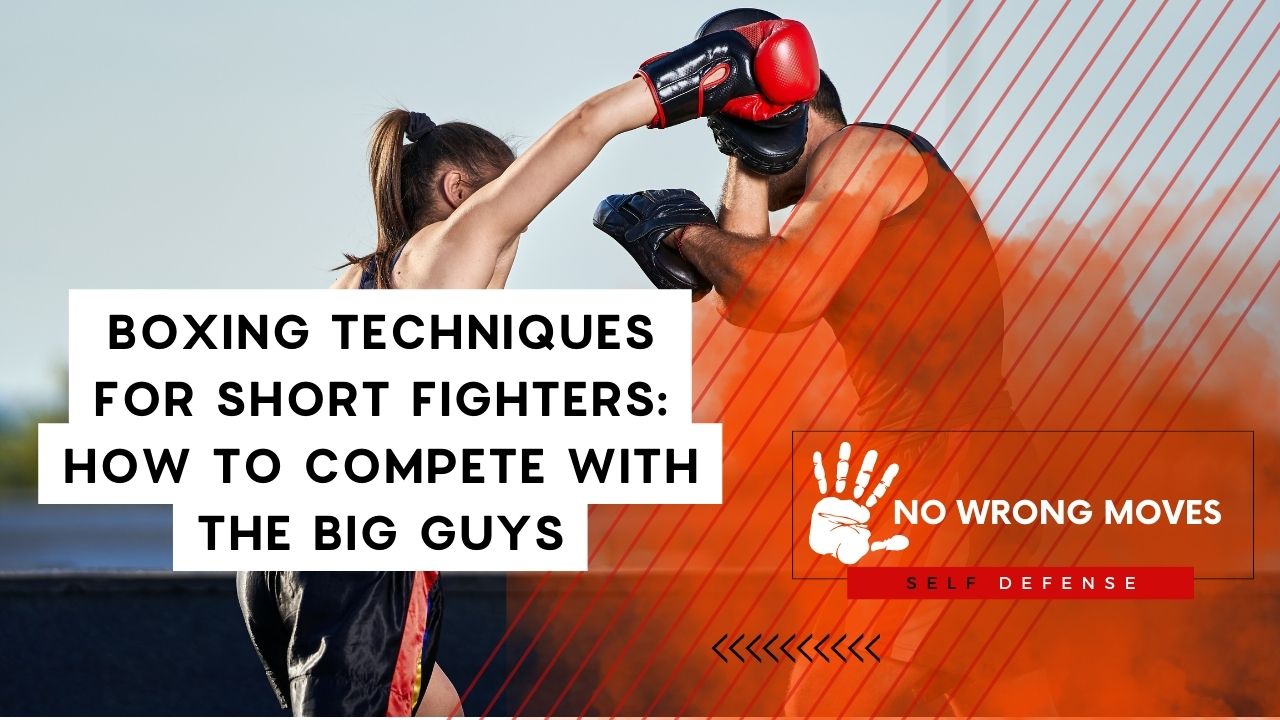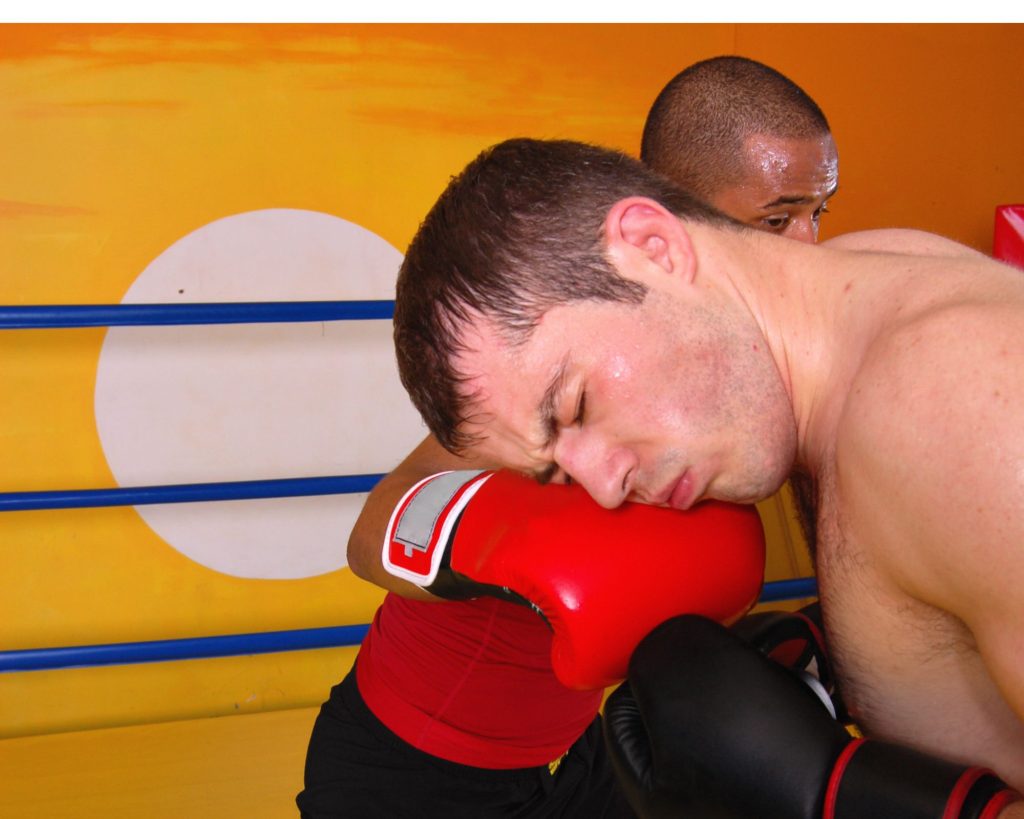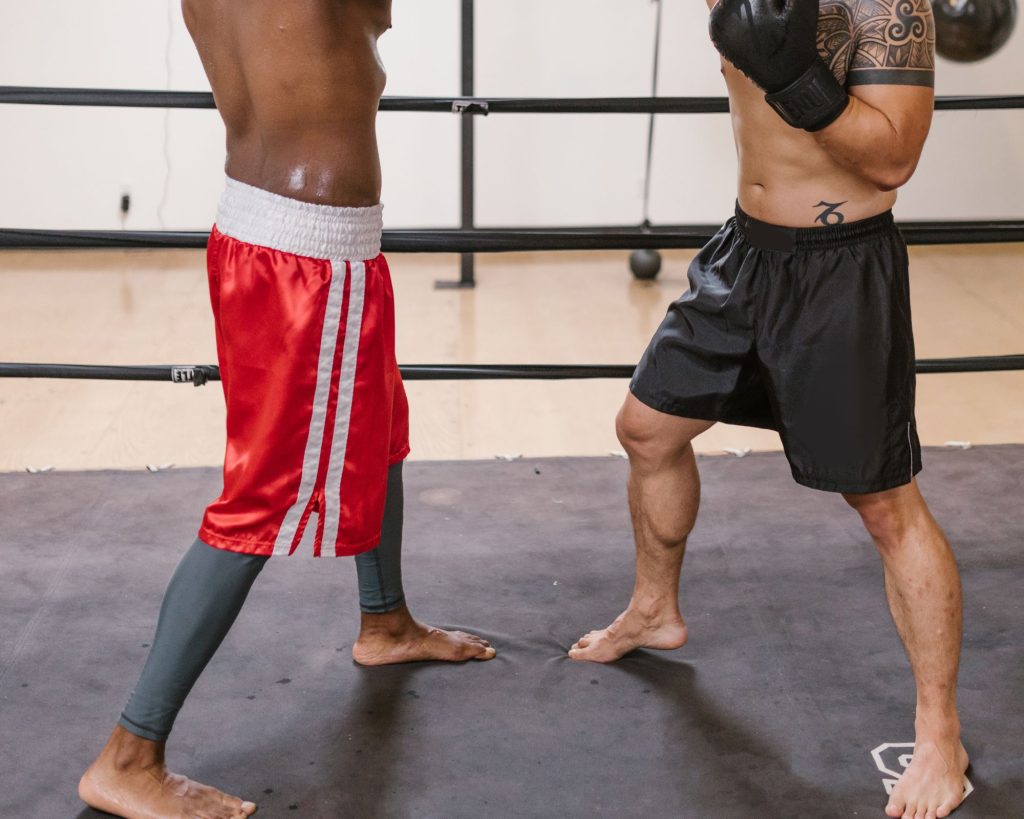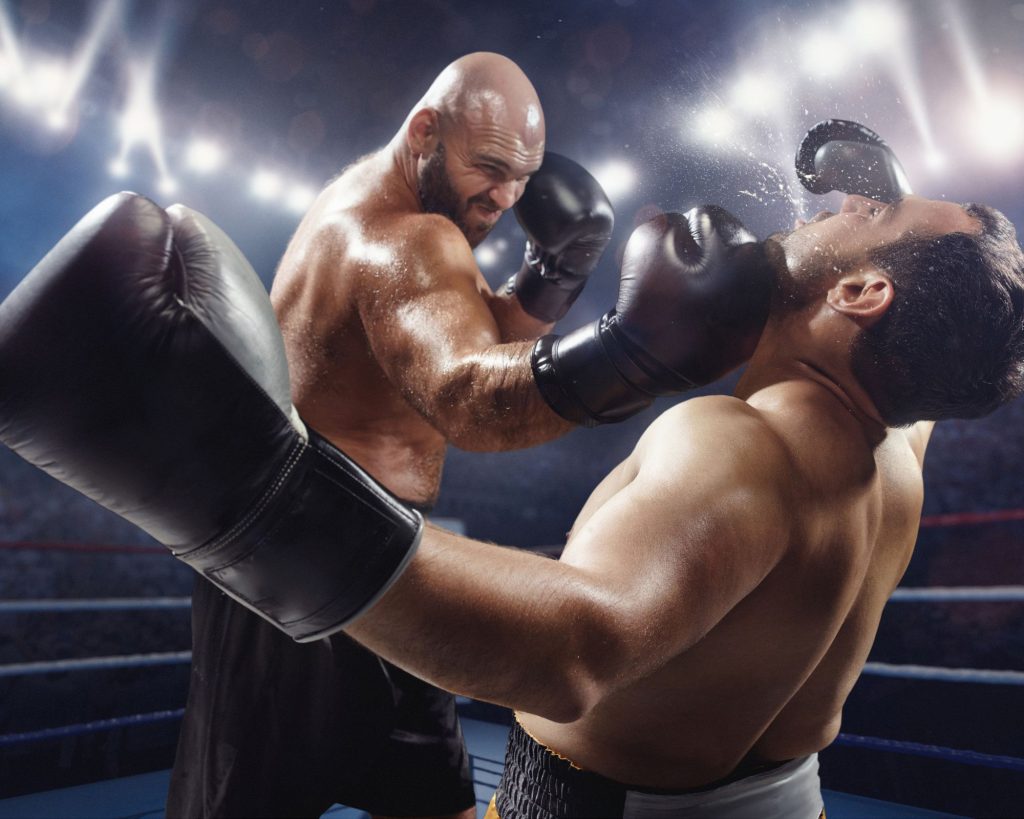
Short fighters often face the daunting task of fighting opponents who are taller and have a longer reach. It's not uncommon for smaller fighters to feel like they are at a disadvantage in the ring.
But with the right technique and mindset, short fighters can definitely level the playing field and even come out on top.
In this article, we will explore some boxing techniques that can help short fighters compete with the big guys and make no wrong moves in the ring.
But... How Do I Know If I'm Short For Boxing?

Yes, height can play a major role in boxing. Taller boxers tend to have a longer reach compared to shorter boxers, which means they can land punches from a distance that shorter boxers can't reach.
Even up close, if both fighters throw a punch at the same time, the taller boxer's shot will land first because of their longer reach.
If you're curious to know if you're a bit short for your weight division, then check out this table:
| Weight Division | Good Height |
| Lightweight | 5'9" |
| Middlweight | 6' |
| Welterweight | 5'11" |
| Heavyweight | 6'2" |
| Light Heavyweight | 6'1" |
| Featherweight | 5'8" |
| Bantamweight | 5'7" |
| Flyweight | 5'5" |
Take heart though! Being short doesn't mean the end of your boxing career, not at all.
Just look at the legendary Floyd Mayweather Jr. and Muhammad Ali, who stand at 5'8" and 6'3" respectively. Meanwhile, Manny Pacquiao, who holds titles in eight different weight classes, stands at a compact 5'1".
There have been countless successful boxing matches throughout history featuring boxers of all heights. So don't beat yourself up about this!
Being A Short Boxer: The Pros And Cons

Before we look into how you can beat taller boxers, let's first understand the pros and cons of being a shorter fighter:
Advantage #1: Overall Punching Strength
Short boxers have the advantage of using their leg muscles to generate extra punching power. With a relatively upward direction, short boxers can make their shorts harder and more explosive.
To help you out with this, try focusing on increasing your muscle mass, to make your punches that much more powerful.
Advantage #2: Defense
Another advantage of being short in boxing is better defense and balance. Short boxers have a lower center of gravity, which gives them better stability and balance during the fight. This is particularly wonderful when tackling your opponent's straight shots and jabs.
Advantage #3: Clinching Power
Short boxers have, naturally, shorter arms, which makes it easier for them to control the clinch with smaller arms. Studies have shown that short arms are generally better at lifting than longer arms, so take advantage of this fact.
When clinching the taller opponent, push your opponent slightly backward on the ropes to gain enough time for clinching.
Disadvantage #1: Difficulty With Head Punches
One of the biggest challenges for short boxers is landing head punches from closer range.
As the opponent tries to maintain distance, it becomes increasingly difficult for short boxers to aim upward for headshots. This can also make them an easy target for unexpected counterattacks.
Although, short boxers can overcome this disadvantage by having multiple excellent punching combinations at their disposal and delivering strikes at the perfect time.
Disadvantage #2: Closer Range
Short boxers can only fight effectively when their opponent is within striking range. Taller boxers, on the other hand, can easily maintain their distance and avoid any attacks by staying out of the shorter boxer's strike range.
This makes it challenging for smaller fighters to adjust their range and gives taller boxers a direct or indirect advantage. Additionally, there are many rules and regulations in boxing that make it even harder for shorter boxers.
How to Beat Taller Opponents

Once you've mastered your footwork, the next step is to get inside your opponent's guard. This means getting close enough to land punches without leaving yourself open to counters.
To do this, you can use a variety of techniques like slipping, ducking, and weaving. You can also use feints and jabs to distract your opponent and create openings.
Remember, boxing is a game of strategy. And if you're up against a taller opponent, one really effective strategy is surprisingly simple--fight small.
It's the complete opposite of what you might think, but hear me out. You're never going to land a hit if you try to punch up, and you'll find yourself constantly overextending, leaving you open for counters. So, instead of fighting tall, fight small.
Fighting small means crouching down with your knees slightly bent. This tactic forces your opponent to come down to your level, which actually puts them at a disadvantage.
They have to hunch forward to fight you, which tests their balance and makes them vulnerable in the process. Plus, this helps to diminish their punching power since they have to exert extra effort in keeping themselves balanced while punching downward.
But it's not just about making your opponent uncomfortable. Fighting small also limits their contact points and the scoring zones to a smaller radius, giving you an edge in the ring.
So the next time you're up against a taller opponent, remember to fight small and watch as you level the playing field.
Nabbing Those Wins Against Taller Opponents

Another important skill for short fighters is counterpunching. This means waiting for your opponent to throw a punch and then quickly countering with your own punches.
To do this effectively, you need to have quick reflexes and be able to read your opponent's movements. You should also practice punching from different angles and using different combinations to keep your opponent guessing.
As a short fighter, you may not have the same power as taller opponents. But that doesn't mean you can't develop strong, effective punches.
You can focus on building your core strength and practicing punching techniques. You should also work on your timing and accuracy to make sure your punches land with maximum impact.
Next up, when facing a taller opponent in the ring, constant movement is key. Standing still is not an option if you want to avoid getting caught by your opponent. As the smaller fighter, you need to rely on your superior mobility and use lateral movement to your advantage.
Taller fighters struggle to keep up with their smaller counterparts when it comes to movement and footwork. By staying one step ahead with superior lateral movement, you can pivot to both the power and weak sides and keep your opponent on their toes.
One way to score big with the judges is by demonstrating superior ring generalship. This means controlling the length of the ring and dictating the pace of the fight, which can lead to big points in both amateur and professional boxing.
To avoid getting caught by your taller opponent, it's important to avoid moving along the centerline, whether it's moving forward or backward. Instead, use angles to enter and exit your offensive sets, and keep your opponent guessing with your movement.
Remember, being the smaller fighter doesn't have to put you at a disadvantage. With superior movement and ring generalship, you can level the playing field and come out on top in the ring.
Conclusion

As a shorter fighter, going up against a taller opponent can seem like an insurmountable challenge. But by utilizing superior movement and ring generalship, smaller fighters can level the playing field and come out on top in the ring.
The key is to constantly stay in motion, using lateral movement to keep the taller fighter guessing and unable to land their shots.
Additionally, controlling the length of the ring and dictating the pace of the fight can lead to big points with the judges. By avoiding the centerline and using angles to enter and exit offensive sets, smaller fighters can avoid getting caught by their taller opponents.
Just remember that being the smaller fighter doesn't have to put you at a disadvantage. The right techniques and mindset can do a lot to help you compete with the big guys and emerge victorious in the ring.
[author-box-jpx-fitness]
